In recent years, consumer awareness of food quality and ingredients has been on the rise. Consumers want to know more about what they eat and expect detailed information on the packaging to track this.
Local authorities of countries in the Middle East, North Africa and Asia have adopted the US, UK & EU regulations that ensure high-quality standards & labeling requirements (e.g. EU regulation1169/2011 or the US regulation 21CFR101).
To meet such expectations and requirements, robust and reliable food analysis is necessary. Foods are incredibly complex materials containing a wide range of compounds that are prone to degradation and contamination.
Ion Chromatography (IC) is one of the tools being widely adopted to ensure the quality of food. This article explores the versatility of a Metrohm IC for food analysis applications, and how other Metrohm products complement the requirements, with a focus on the prominent analysis requirements in the Middle East region.

Image Credit: Metrohm Middle East FZC
Analysis of Meat products - Nitrite & Nitrate
Nitrite and nitrate salts are used as preservatives for meat and meat products. They are labeled on foods as E249–E252. These so-called curing salts prevent bacterial growth, help keep the meat’s red color and enhances its flavor.
Although nitrate salts (E 251, E 252) have low toxicity, long-term exposure is a concern, as nitrate is reduced to nitrite in the lower gut, and nitrite is a precursor of nitrosamines, classified as carcinogenic.
Maximum Permitted Levels (MPL) after the manufacturing process varies between 50–180 mg/kg for nitrite (E 249, E 250), and between 150–300 mg/kg for nitrate, depending on the product.
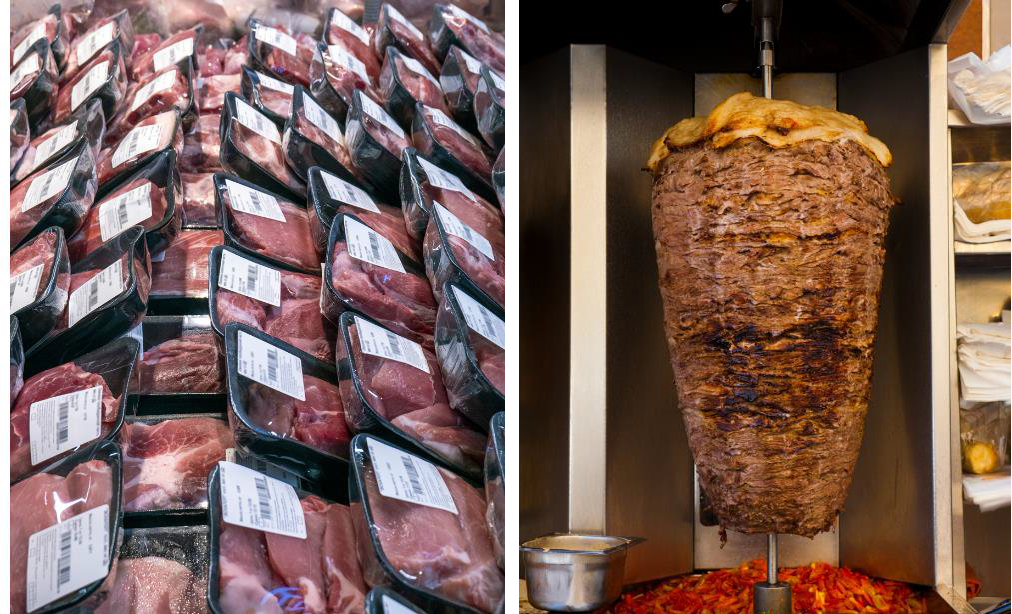
Image Credit: Metrohm Middle East FZC
Ion chromatography method is an approved method for quality labs in the meat industry, offering a highly sensitive, robust and fast method for nitrate and nitrite analysis of various meat products.
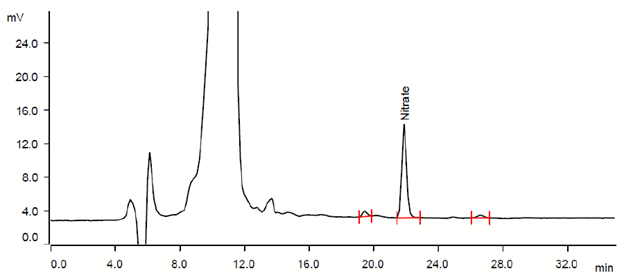
Chromatogram of a sample from meat containing sodium nitrite (1.5 mg/kg) and sodium nitrate (9.6 mg/kg). Image Credit: Metrohm Middle East FZC
Analysis of Shrimps - Polyphosphates
Polyphosphates improve the water binding capacity, appearance and texture of food products. They are often used in the production of seafood, such as shrimps, and they are also added to convenience food like boiled sausages, cheese products, soft drinks, bakery products and cereals as stabilizers and flavor enhancers.
Labeling is required (e.g., E 450 – E 452) and the acceptable daily intake of total phosphates is set to 40 mg/kg body weight by the European Food Safety Authority (EFSA).
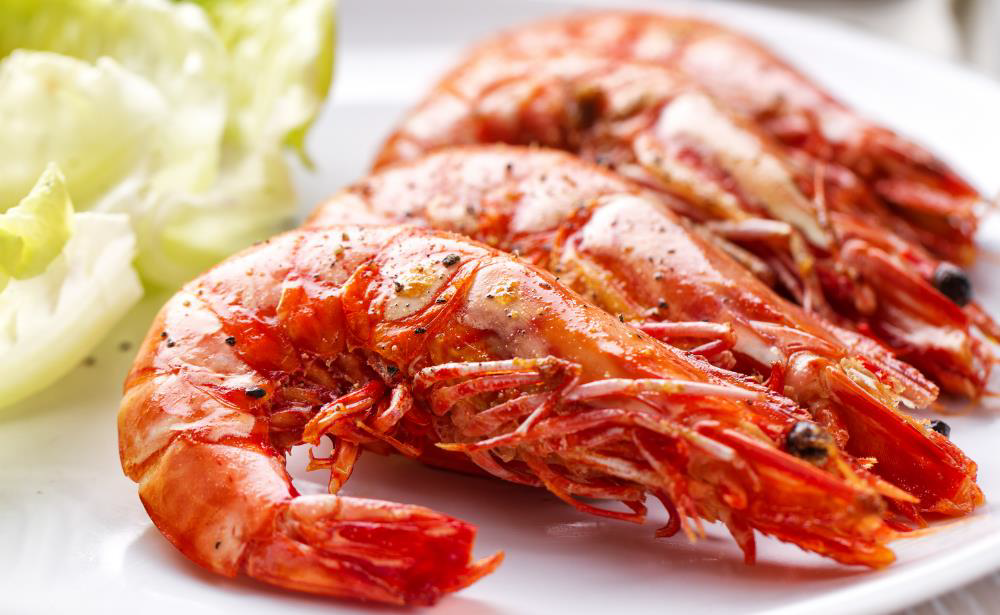
Image Credit: Metrohm Middle East FZC
IC method helps in the separation and quantification of pyrophosphate, tri-polyphosphate and tri-metaphosphate in shrimp. Inline sample preparation helps to minimize manual sample preparation steps.
Additionally, the method can be upgraded with a dose-in gradient to quantify fluoride, chloride, bromide, nitrate, phosphate and sulfate at the same time.
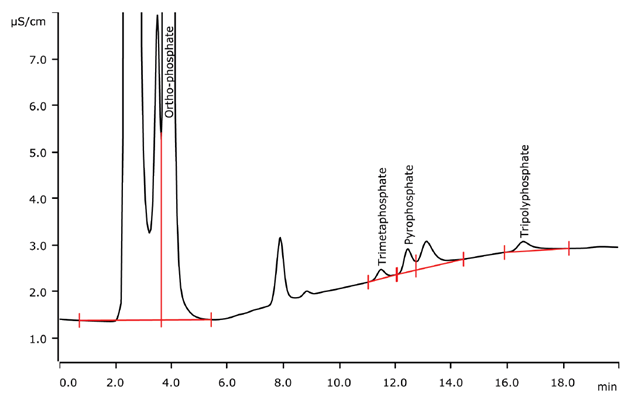
Image Credit: Metrohm Middle East FZC
Analysis of Honey & Jam - Sugars
EU Regulation 1169/2011 defines rules for declaration of contents and nutrition value on the packaging. The objective is to provide information on ingredients that are hazardous to health when consumed in large quantities.
Everyone is aware that honey and jam are high in sugar content. Sugars naturally present are glucose, galactose, fructose, lactose, sucrose and maltose. Some manufacturers also add extra sugars which act as preservatives.
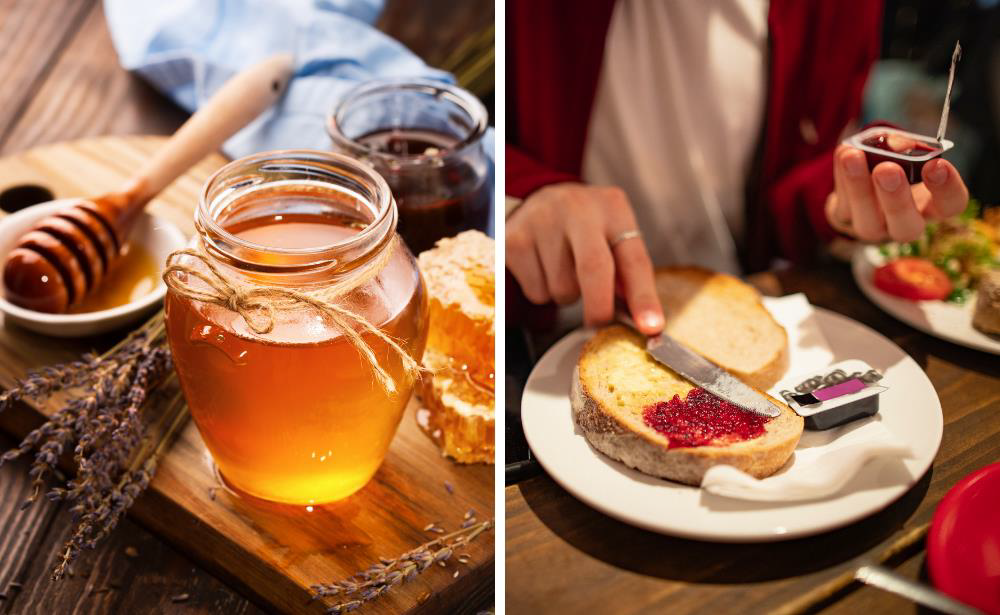
Image Credit: Metrohm Middle East FZC
In a comparison of analysis between commercially available strawberry jam, homemade blueberry jam and natural honey using ion chromatography for sugar content, it was observed that the commercially produced jam sample contained much more sucrose than the homemade jam and natural honey.
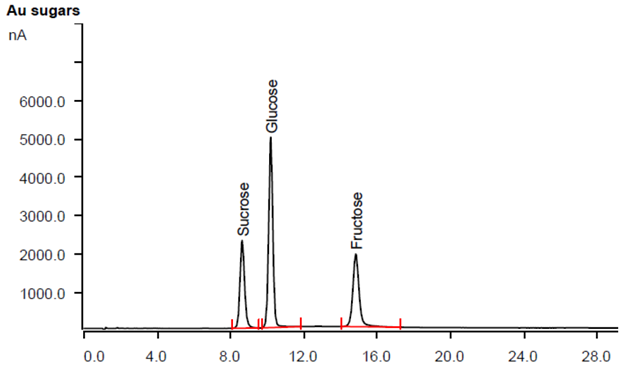
Figure 1. Homemade Jam. Image Credit: Metrohm Middle East FZC
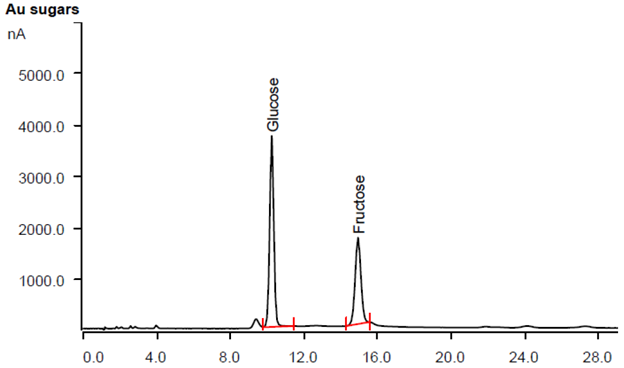
Figure 2. Honey. Image Credit: Metrohm Middle East FZC
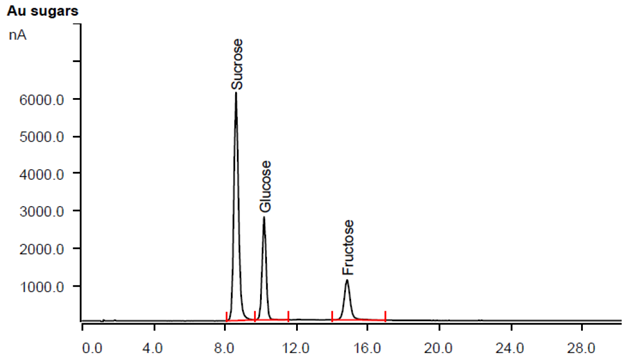
Figure 3. Commercially produced jam. Image Credit: Metrohm Middle East FZC
Analysis of Beverages – Sweeteners
Sucralose (E955) is an artificial sugar substitute, produced from sucrose by replacing three hydroxyl groups with chlorine atoms. It is non-caloric, 320 to 1000 times sweeter than sucrose and does not promote tooth decay.
Considered safe by regulatory bodies worldwide, it is added as an artificial sweetener to many foods and beverages.
As detailed metabolic pathways of artificial sweeteners and their effects on health are still not fully understood, it is good practice to monitor their content in foodstuffs.
IC method is robust, simple, needs minimal sample preparation and is a commonly used MS method. Utilizing isocratic separation and amperometric detection, very high sensitivity and selectivity can be achieved.

Image Credit: Metrohm Middle East FZC
A table is provided below, listing a wide array of components that can be reliably analyzed in various beverage matrices and the sample preparation steps needed.
Source: Metrohm Middle East FZC
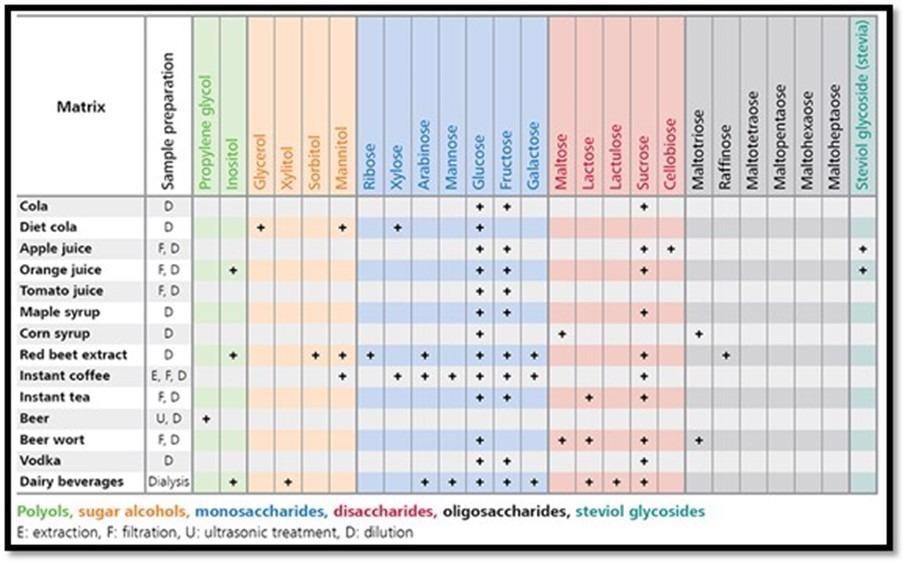

**Amperometric signal from the analysis of an energy drink containing sucralose (4.8 mg/L). Automatic calibration by Inline Dilution of the highest standard can be applied (optional). Image Credit: Metrohm Middle East FZC
Analysis of Juices – Sugars
EU Regulation No. 2012/12/EU sets standards for the production, composition and labeling of fruit juices. These regulations are intended to comply with the newest technical improvements described in the Codex-Norm.
The CODEX STAN 247-2005 regulates the quality and labeling of fruit juices and is a widely accepted role model for standards at international levels.
One requirement for accurate labeling is the indication of the sugar content and addition of sugars.
This robust and straightforward IC method with amperometric detection is suitable for directly analyzing various carbohydrates in the juice matrix. Automated inline sample preparation with inline ultrafiltration or inline dialysis replaces manual steps making sample preparation much more efficient.
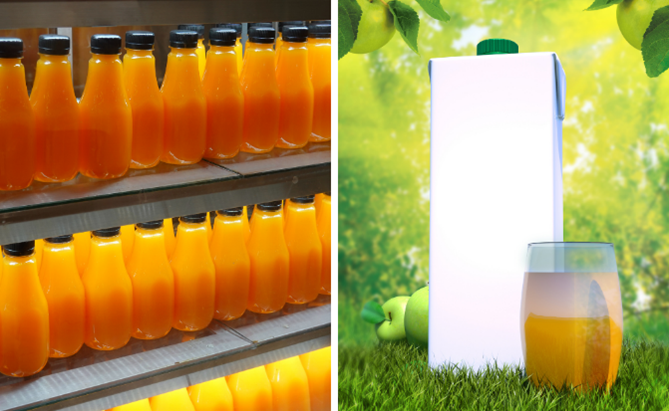
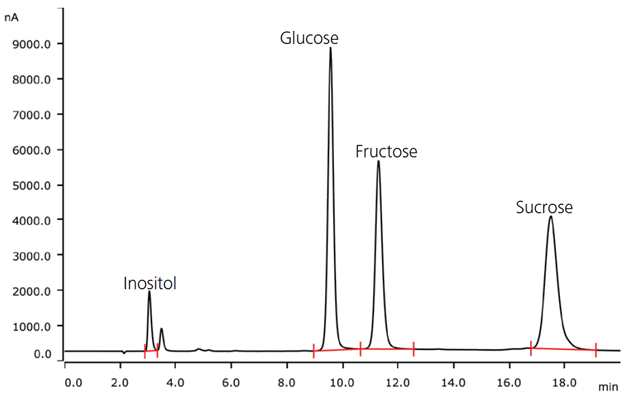
Pulsed amperometric signal of an orange juice sample containing inositol (0.2 g/100 mL), glucose (2.1 g/100 mL), fructose (2.3 g/100 mL), and sucrose (4.3 g/100 mL) as major carbohydrates. Image Credits: Metrohm Middle East FZC
Analysis of Water – Anions & Oxyhalides
Safe drinking water is vital. Bottled water and mineral water are the most popular beverages worldwide.
For quality control of water, IC is the method of choice for the quantification of common anions and cations along with the regulated, health-critical ions such as bromate, nitrite, chlorite and chlorate. These enter the water supply through various pathways, such as disinfection byproducts during water treatment, additives and artificial or natural contaminations.
US EPA method 300.1 specifies the determination of these critical water components, also referred to as oxyhalides. Major standardization bodies regulated their allowable limits, e.g., <10 μg/L bromate in drinking water.
The robust IC setup from Metrohm guarantees efficient analysis according to regulatory standards with high sample throughput, automation (like inline ultrafiltration) and precision. The analysis is flexible and can be updated with a mass spectrometer for increased sensitivity.
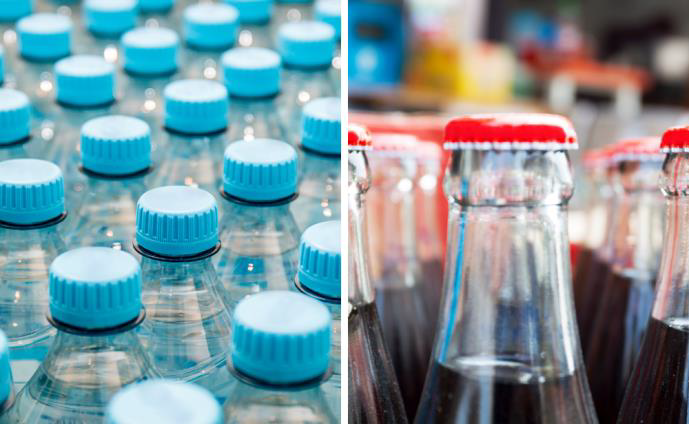
Bottled water and water used to dilute the beverage concentrates in the carbonated drinks, juices, etc. Image Credit: Metrohm Middle East FZC
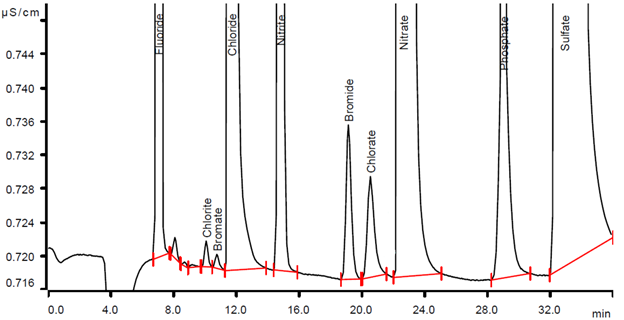
Conductivity signal of a water sample containing fluoride (0.73 mg/L), chlorite (0.002 mg/L), bromate (0.001 mg/L), chloride (2.12 mg/L), nitrite (0.135 mg/L), bromide (0.024 mg/L), chlorate (0.024mg/L), nitrate (2.338 mg/L), phosphate (0.258 mg/L), and sulfate (8.314 mg/L). Image Credit: Metrohm Middle East FZC
Analysis of Milk & Milk Products - Carbohydrates
ISO 22184:2021 describes an analytical method for the quantification of six different mono and disaccharides (galactose, glucose, fructose, sucrose, lactose and maltose) in milk and milk products using anion exchange chromatography with pulsed amperometric detection (HPAECPAD).
In contrast to classical standard methods describing the determination of a single carbohydrate in a certain food matrix, this method covers the six most important carbohydrates (galactose, glucose, fructose, sucrose, lactose, maltose) in different matrices with a single analysis. One IC method is suitable for different milk products like milk powder, cheese, condensed milk, creamers, etc.
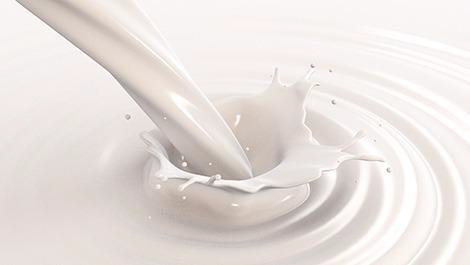
Image Credit: Metrohm Middle East FZC
The ISO 22184:2021 describes Carrez's precipitation/extraction manual sample preparation, which is time-consuming. This can be avoided by the inline dialysis method provided by Metrohm IC’s which is faster and the results are consistently accurate with minimal human intervention.
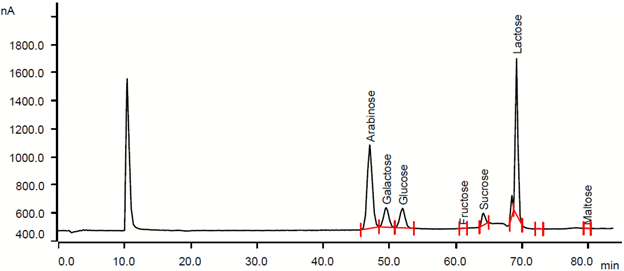
**Amperometric signal (current) of a cream cheese sample, containing the major carbohydrates galactose (0.393 g/100g), glucose (0.384 g/100g), and lactose (2.316 g/100g). Fructose, sucrose and maltose were below the calibrated concentrations. Arabinose was used as internal standard. Image Credit: Metrohm Middle East FZC
Other Metrohm Techniques & Instruments
pH Measurement
pH value is a key parameter in the quality control of beverages because it has a considerable impact on characteristics such as the flavor, digestibility and stability of any beverage.
For example, pH value impacts a number of factors in beverage production, including flavor, color/hue, redox potential, the ratio between free and bound SO2 and formation or prevention of iron phosphate turbidity.
pH value is also responsible for controlling enzyme activity during the process of alcoholic fermentation, meaning that it should be closely monitored.
Measurement of pH is performed using a pH electrode, though these measurements are as varied as the range of beverages requiring analysis.
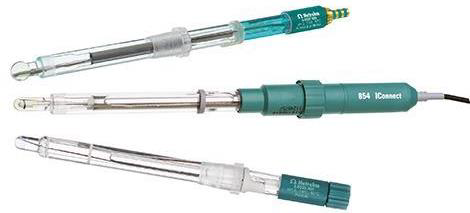
Image Credit: Metrohm Middle East FZC
Titration
Titration systems provide answers to critical chemical parameters such as acidity, chloride content and total hardness among thousands of others. Metrohm offers a comprehensive range of stand-alone and automated titration products, featuring our premium quality sensors and backed by unparalleled applications knowhow.
Metrohm is the leading manufacturer in the field of titration. Benefit from our collection of more than 150 proven titration applications for the food industry.
The quality, effectiveness and shelf life of many food products depends to a very great extent on their water content, which is why a great deal of importance is attached to water determination in food analysis.
Thanks to its specific and selective reaction with water, Karl Fischer titration (KFT) is one of the most accurate and reproducible water determination methods, which is why numerous test methods have prescribed it for years as a standard method for fast, automation-ready water determination.
Metrohm potentiometric & Karl Fischer titration is employed in the analysis of:
- Fat parameters (Iodine value, free fatty acid, peroxide value, etc.) of edible oils
- Moisture content in oils and fats like butter or margarine and many more
- Sodium in dairy products
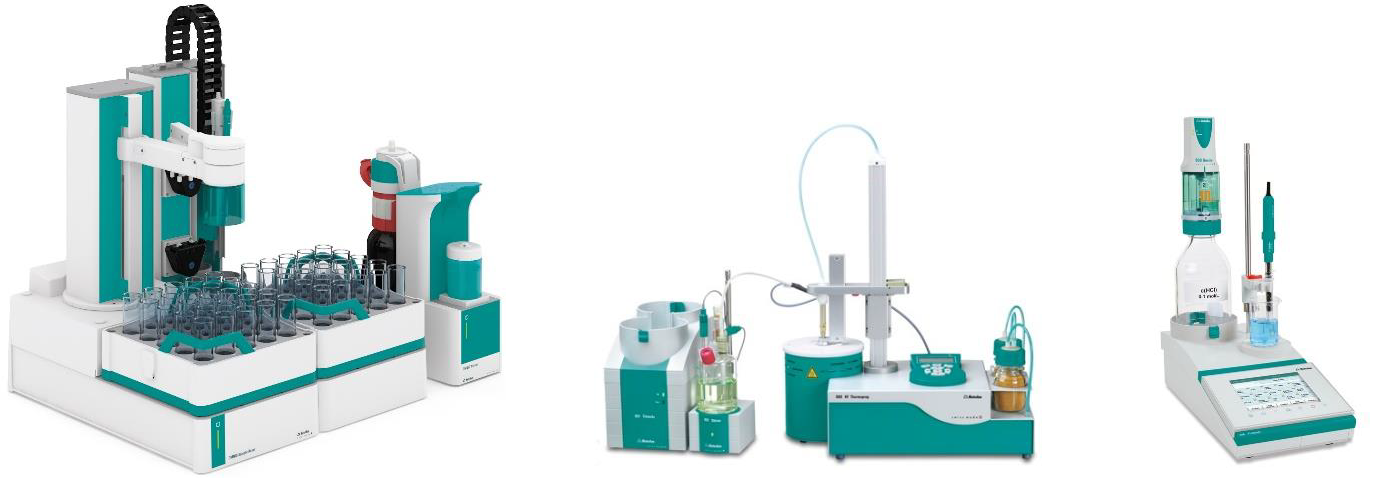
Image Credit: Metrohm Middle East FZC
Oxidation Stability
Oxidation stability can be understood as the resistance of oils, fats and fat-containing foods to oxidation. Hydrolytic rancidity releases free fatty acids, while oxidative rancidity will produce shorter-chain fatty acids, ketones or aldehydes.
Oxidation stability is a standard quality control parameter commonly utilized in the production of oils and fats in the food industry. This parameter is also relevant for incoming goods inspection in processing facilities.
The Rancimat measuring instrument is the primary means of determining oxidation stability, so much so that the regulatory test method is referred to as the ‘Rancimat method'.
It is employed to determine:
- Oxidation stability of dairy or fatty foods
- Oxidation stability of instant noodles
- Oxidation stability of legumes and nuts
- Oxidation stability of crackers, cereals and many more

Image Credit: Metrohm Middle East FZC
Raman Spectroscopy
Food contamination is a global problem, whether it is done intentionally for profit or accidentally through negligence, the end result is the same – consumers pay the price.
The problem of food contamination can be addressed with complex analytical laboratory techniques such as GC-MS and HPLC, but time, skill and cost requirements limit their usage to the confines of well-equipped laboratories.
Surface Enhanced Raman Scattering (SERS) – an extension of Raman spectroscopy – permits detection and identification of analytes in concentrations as low as parts per billion. Food analysis with SERS can be fast, convenient and inexpensive.
It can be employed to detect:
- Diphenylamine in baby food
- Melamine in milk and milk products
- Fenthion in olive oil
- Erythrosine B in sugar & many other food adulterants
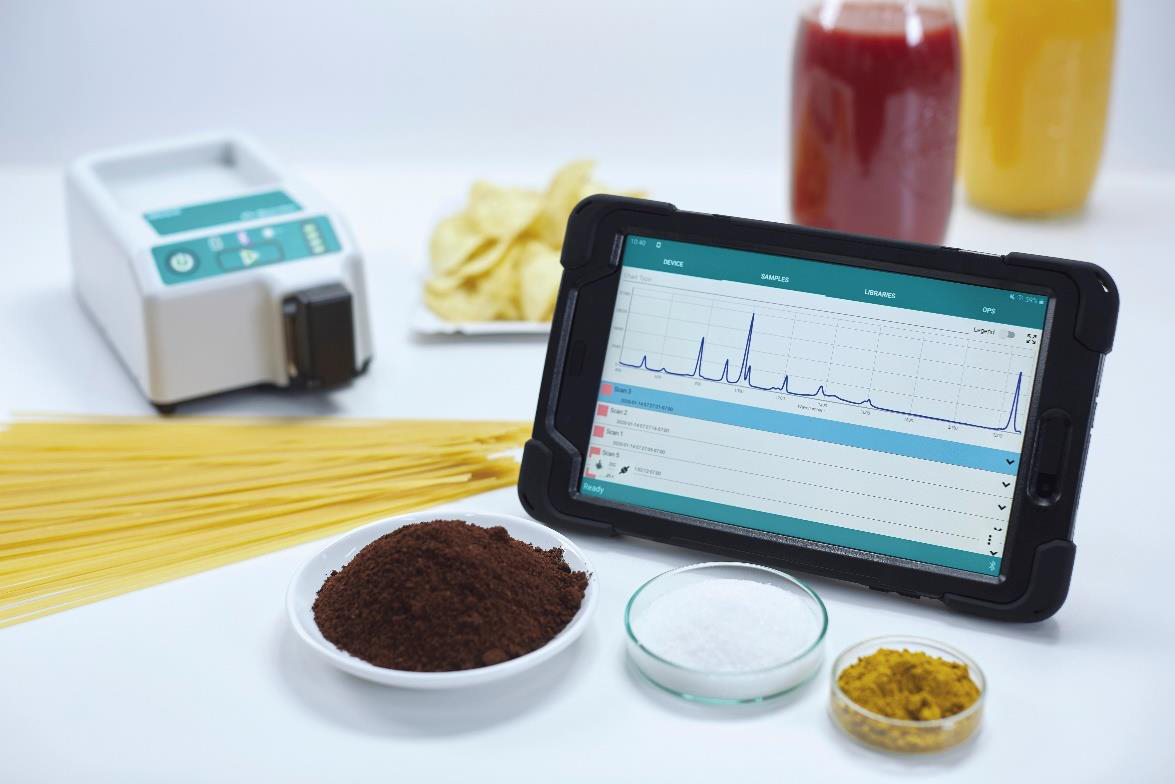
Image Credit: Metrohm Middle East FZC
Metrohm Middle East FZC (MME) based out of Sharjah, UAE is the Regional Support Centre for Metrohm AG (Switzerland) which is responsible for sales, service and calibration of lab & process analytical instruments from the following countries –
UAE, KSA, Kuwait, Bahrain, Oman, Qatar, Egypt, Jordan, Lebanon, Iraq, Bangladesh, Pakistan, Sri Lanka, Ethiopia, Ghana, Sudan, Syria, Yemen, Somalia, Iran, Cyprus, Malta, Eritrea, Djibouti & Afghanistan.

This information has been sourced, reviewed and adapted from materials provided by Metrohm Middle East FZC.
For more information on this source, please visit Metrohm Middle East FZC.